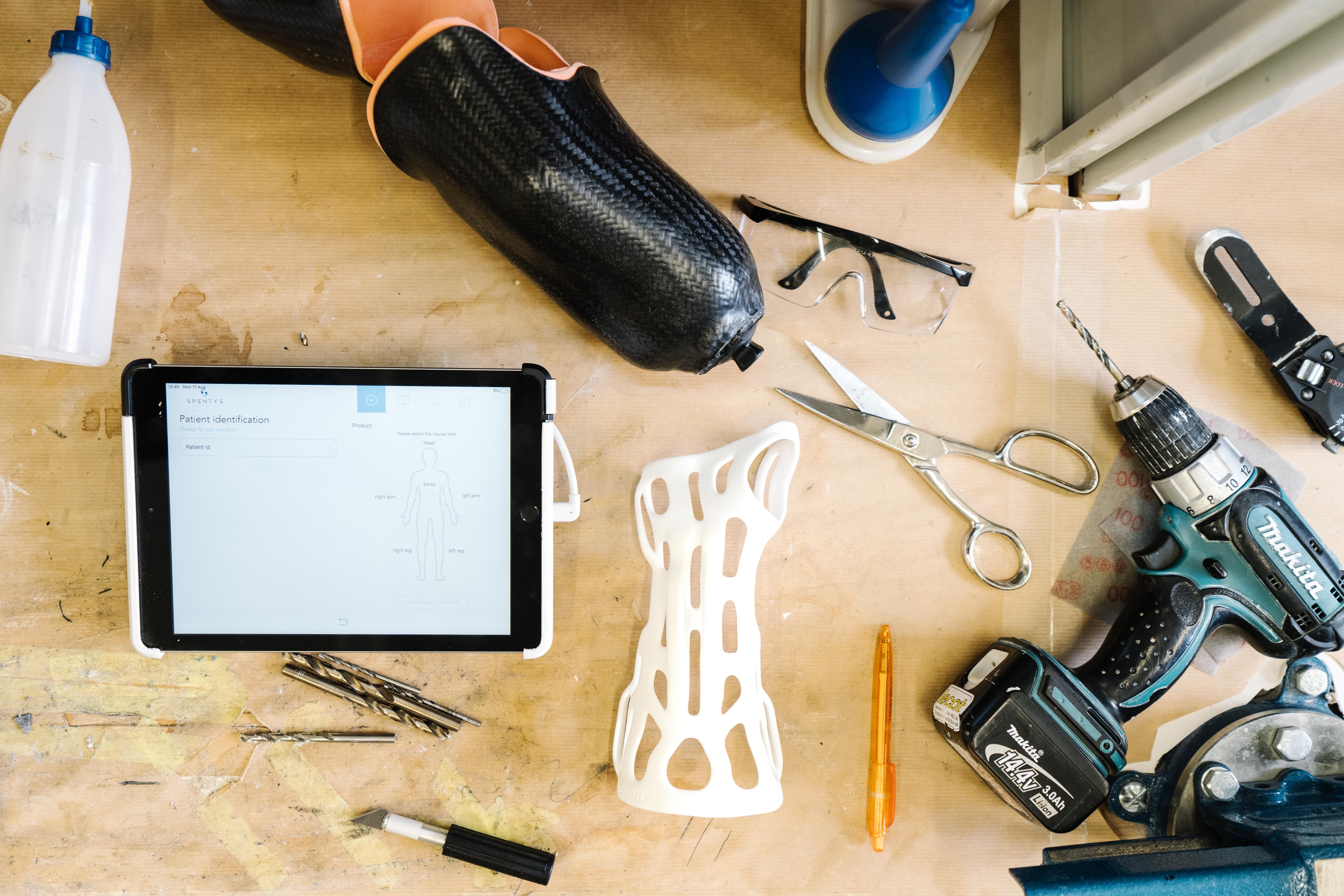Five Things You May Not Know About 3D Printing
Since its adoption as means of mainstream manufacturing in the 2010s, much has been written about the benefits of 3d printing and comparisons to other conventional production methods such as CNC milling, injection moulding or casting.

Having been subject to some minor elements of bad press in recent years with unscrupulous individuals misusing the technology, this is a highly technical, precise, and astounding process and the benefits it can bring are incomparable.
We recently caught up with Colleen Pickett from Ubiquitous Engineering to take a quick insight into some of the more intrinsic wonders of the 3D printing universe.
1 . Need For Speed
When I first started discussing 3D printing enquiries with Colleen, there was a real passion and in-depth knowledge of the sector. Often perceived as slow and arduous processes,
Colleen was keen to inform on the quick turnaround times 3D printing and Additive Manufacturing can achieve, compared to more traditional manufacturing methods such as milling, turning, or low volume injection moulding.
But speed always comes with a warning. Quicker print times can jeopardise the quality of the final part. A print speed of 50 mm/s will provide good quality results on most 3D printing machines, while a print speed of 20 mm/s will take longer but deliver higher quality outputs.
3D printing can be around 10-30% of the cost of alternative manufacturing processes
2. Pinch A Penny
Anyone who has ever investigated the benefits of 3D printing vs conventional machining methods will know cost savings are achievable when conditions are right. But are you familiar with just how significant these cost savings can be?
Colleen commented "Ubiquitous Engineering estimates 3D printing can be around 10-30% of the cost of alternative manufacturing processes.’
So, (to keep this simple as maths was never my strong point) if your component currently costs £100 to manufacture via ‘traditional methods', you could be paying £20 (taking a mid-point) for the same component to be 3D printed.
3. It's Not Immaterial
The most common material associated with 3d printing and additive manufacturing is plastic, with the more commonly used being ABS (Acrylonitrile Butadiene Styrene), PETG (Polyethylene terephthalate glycol).
But, many materials that can be melted from a solid-state and then cooled without deforming or losing their original properties can be used.
What about lesser-known materials used in the 3D printing process?
Colleen was quick to mention Ubiquitous Engineering's very own brand of graphene, which is extremely strong, self-lubricating, and gives a smooth finish. However, our interest was piqued at the mention of chocolate being 3D printed, and the idea the Lindt chocolate bunny could be born in a 3D printing machine.
4. Best In Show
As we got down to the detail of 3D printing, we wanted to be sure to capture the benefits 3d printing and additive manufacturing can offer to any business looking to outsource or subcontract any component to a 3D printing company were captured.
Colleen stated that ‘3D printing works best with prototyping, batch machining and small part mass manufacture’. Colleen continued ‘anything needing a rapid turnaround time will work well. Although times can vary from 10-minute prints to 10 days, the average print time is 6 hours, including set-up and post-processing without compromising quality.
5. Thingamajigs In A Thingiverse
If you’ve got your hands on a 3D printing machine and you’re wondering what to do next, there is a wealth of websites out there that offer tips, help, suggestions and even files for you to print at work.
Some of the more popular and well known include Thingiverse or GitHub. If you are looking for something technical to be designed or custom made, raise a request for quotation and compare multiple quotes from highly skilled and knowledgeable suppliers similar to Ubiquitous Engineering.
Applegate can ease the pain of identifying and connecting with best-fit suppliers for any product and service, not just 3D printing.
Our free to use procurement platform offers the ability to communicate directly to suppliers with notifications direct to your inbox and provides a buying dashboard to compare quotes, raise purchase orders and submit new buying requests.
Visit our dedicated buyer site to find out more information on how our platform works. If you do have any current purchasing requirements you can use our online form to request a quote, we are always happy to help.

